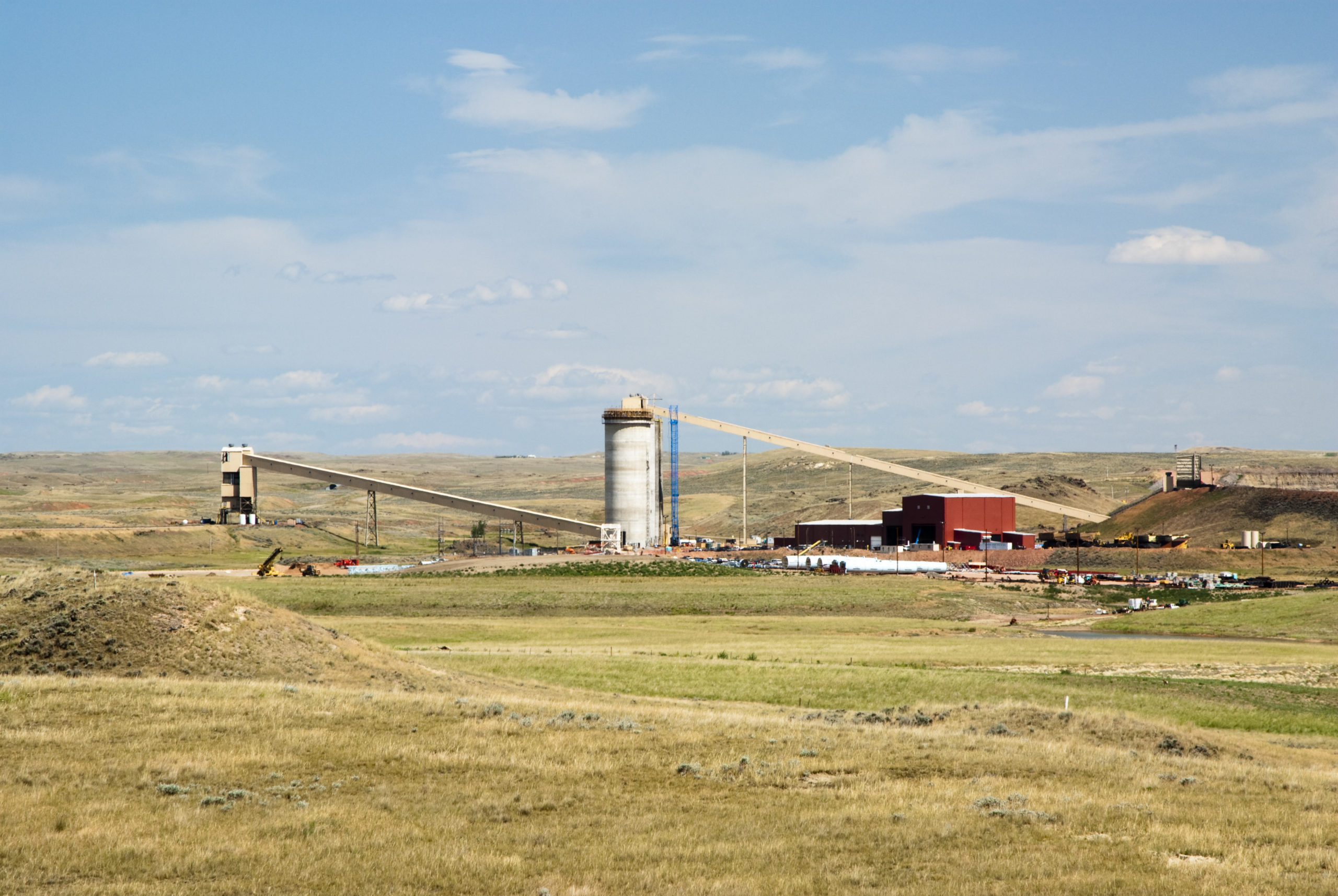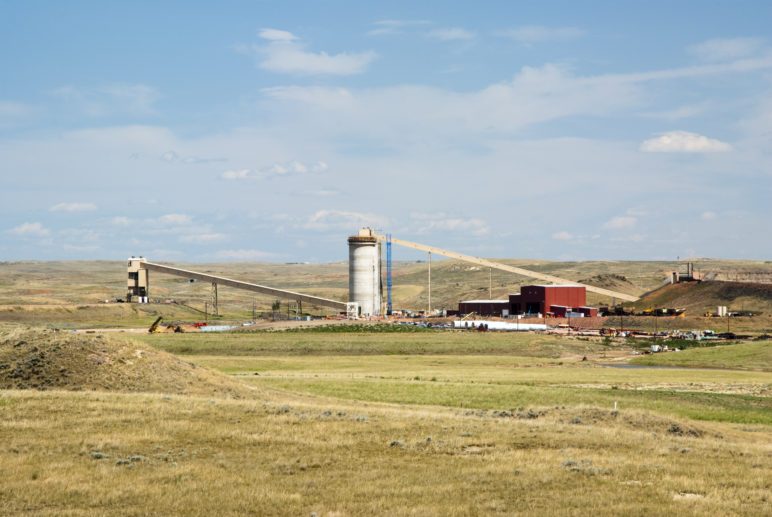The past decade has seen a dramatic reversal of fortunes for the country’s largest coal basin, the Powder River Basin of Wyoming and Montana. After hitting a highwater mark for coal production in 2010, the basin’s output shrank by half over the next ten years.
For coal miners and coal communities, the results have been a faltering wave of layoffs, temporary mine closures, and higher property taxes. In January, the basin saw its first permanent mine closure.
Sightline is publishing a new report that reveals which coal mines, coal companies, and coal communities are most at risk of abrupt mine closure going forward. The report ranks the basin’s mines by analyzing which mines sell coal to which power plants and how much coal those plants are burning compared to prior years.
The news is not good: in 2020, every coal mine in the basin saw its customers burn between 9 percent and 42 percent less coal than the average for the preceding three years. What’s worse is that very few coal companies have been forthright with workers and community leaders about the outlook for specific mines and communities.
Coal miners, workers in mine service businesses, and their families need credible information about when mines will close so they can plan for their future. Decreasing tax revenue from coal mining means that local and state elected leaders need time to raise revenue or gradually downsize expenses while supporting small businesses and diversifying the local economy.
In the absence of a national plan for dealing with the impacts of the transition or credible information about the timing of mine closures, communities whose cheap energy enabled the nation’s industrial growth and helped create the middle class will largely be left to weather the transition away from coal on their own. In the meantime, we hope this information about the risk of mine closure is useful as coal workers and communities plan for the future.









